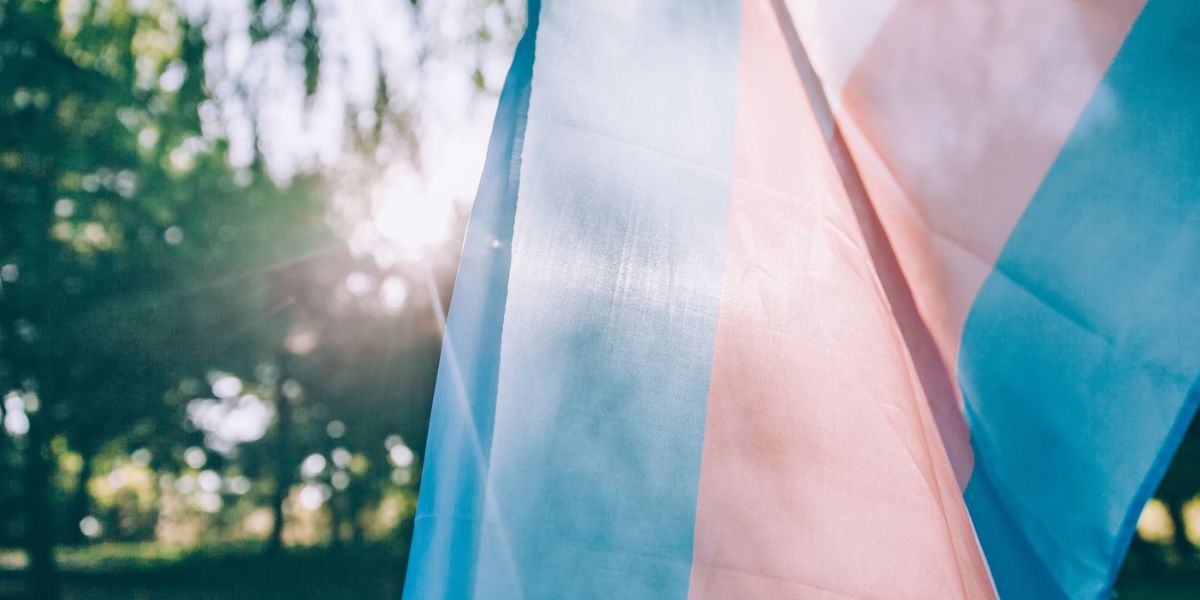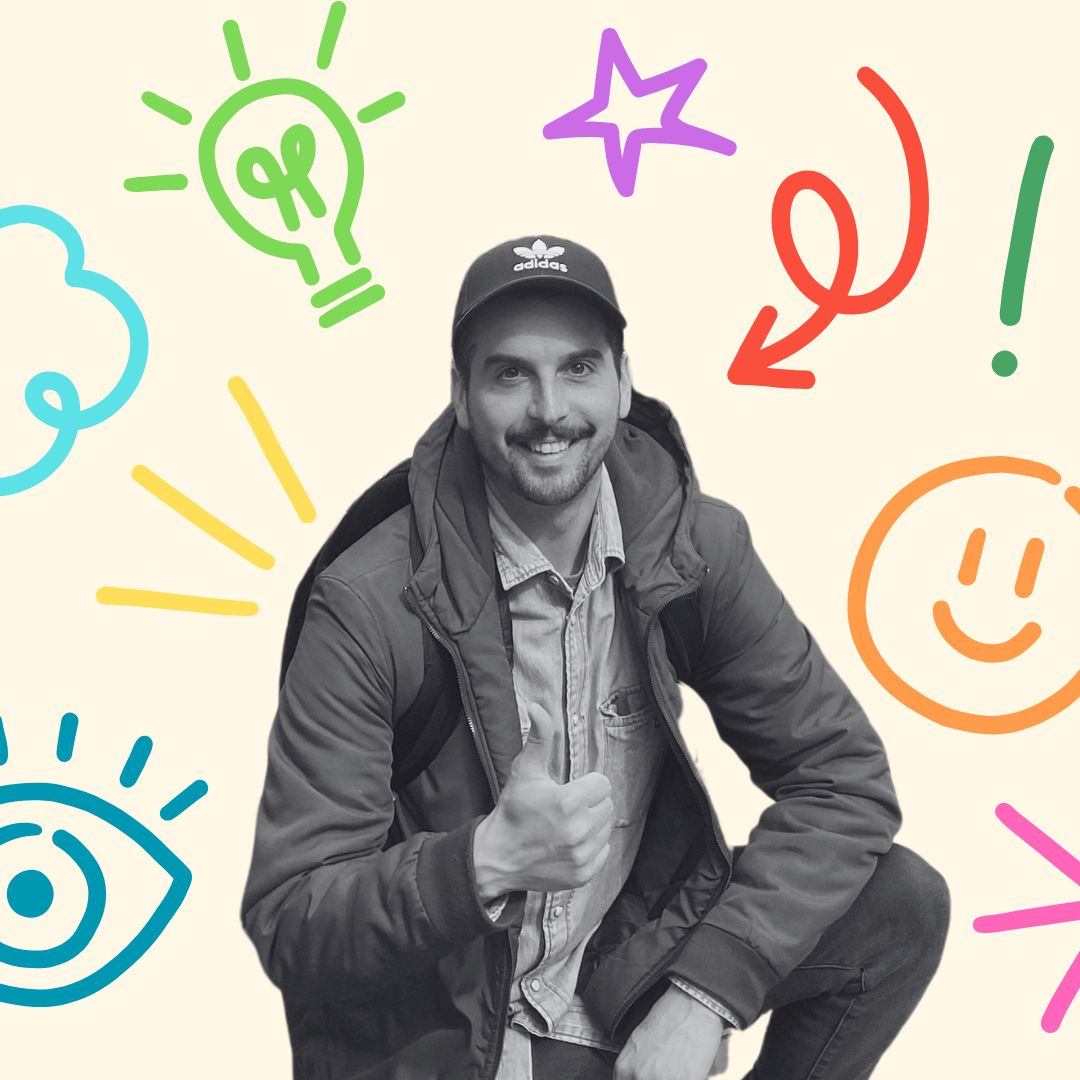There has always been an ideal for men or women as a society that we tend to look up to. For men, it generally revolves around strong, athletic, stoic men— athletes, sports figures, masculine actors, and rappers or rock stars. I think for gay men, this can cause even more of a feeling of inadequacy, as if gay men don’t measure up to “real” men. But of course, all men, and women, share all emotions and vulnerable states. Even the term “femme” sounds derogatory to me these days as if you are less than if you have “feminine” qualities. Even that specific term reinforces these sexist archetypes.
With my work I really try to turn all these ideals on their head — muscular men crying; sexualized men in vulnerable states.
I try to push these stereotypes to absurd levels, and also try to bring some humour to the overall concept of gender.
I am an extremely sensitive, creative person. I struggle on a daily basis questioning my work and where I am going.
Some sound advice I try to follow for myself: create because you love it; never compare your work to anyone else; and pound the pavement and work harder than anyone else. And always keep your eyes open.



